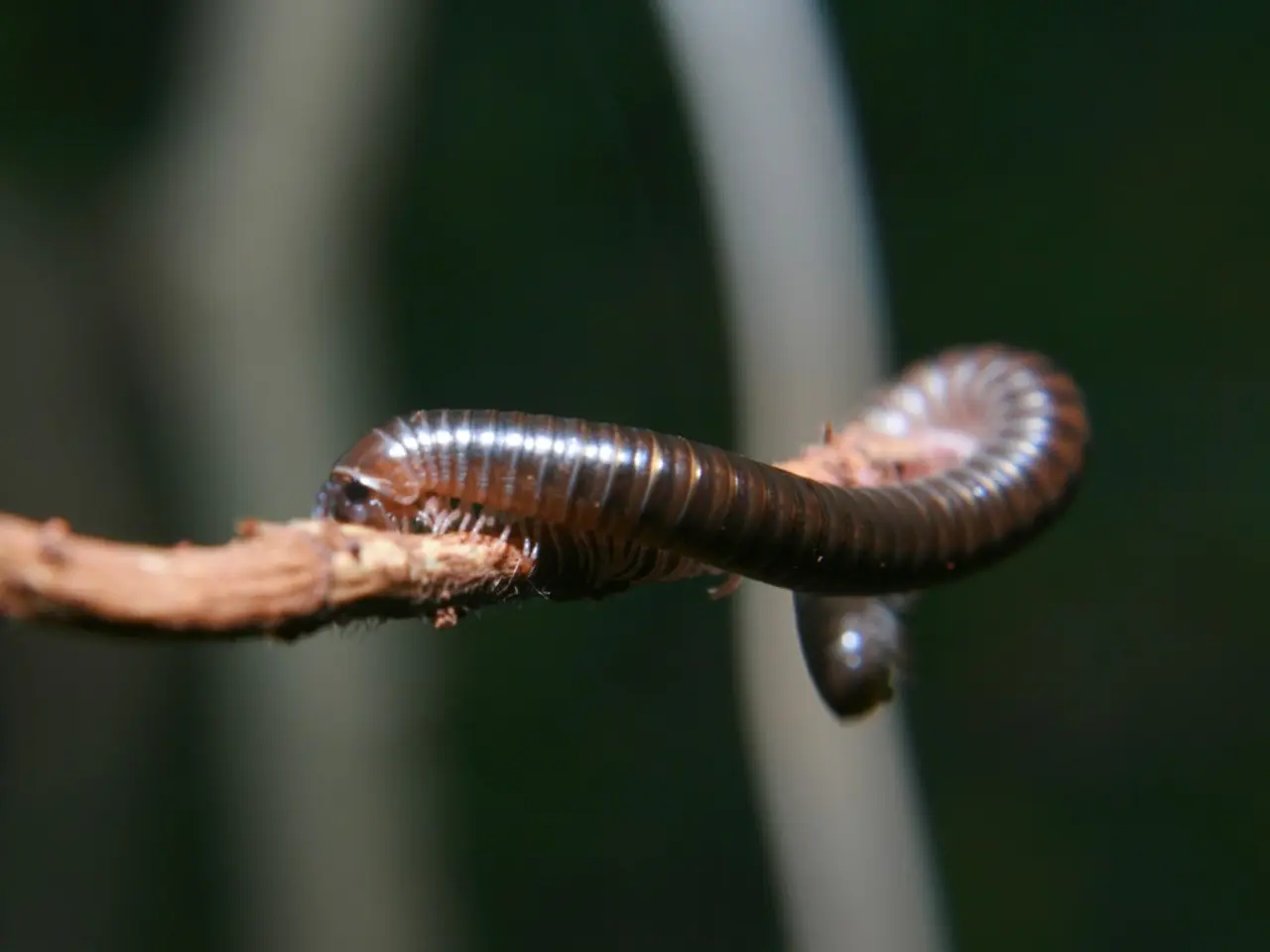Ancient Sea Creature with a 505-Million-Year-Old Phallic Shape and Unusual Tooth Configuration Discovered by Scientists
In a groundbreaking discovery, researchers have uncovered a new species from the Cambrian period, named Kraytdraco spectatus. This fascinating creature, belonging to the group of animals known as priapulids, often referred to as "penis worms," lived in a shallow, warm, oxygen-rich sea covering what is now Arizona.
The study of Kraytdraco spectatus, published recently in the journal Science Advances, reveals that this middle-tier consumer was not a top predator like Anomalocaris with 16,000 eyes. Instead, it was likely a detritus feeder or selective micro-particle feeder, not a predator.
The seafloor where Kraytdraco lived was a lively and diverse ecosystem with various animals. Burrows, feeding trails, and resting marks in sediment indicate a thriving community of worms, arthropods, and invertebrates during the Cambrian period.
One intriguing aspect of Kraytdraco is its adaptability. Approximately 1.5 to 4 cm long and equipped with a retractable feeding tube, the creature likely spent most of its time buried in sediment, only poking its pharynx out to feed. Its specialized throat, featuring hundreds of teeth, some stout hooks and prongs, and others fine, filament-bearing teeth that resembled delicate combs, suggests an efficient processor of organic material.
The discovery of Kraytdraco adds to our understanding of the Cambrian period, a time of extensive experimentation in life on Earth. With many empty ecological niches, this was a period of evolutionary "arms race," where predators became more efficient, prey evolved defenses, and energy flowed through increasingly intricate food webs.
The study of ancient worms and crustaceans like Kraytdraco matters because it shows when and how the rules of life were set. The competitive dynamics that shaped Kraytdraco and other creatures during the Cambrian period explain the complexity of later ecosystems.
Over 1,500 small carbonaceous fossils were discovered during the study, including crustaceans, mollusks, microbial mats, algae, and other priapulids with filament-covered teeth. This wealth of fossil evidence paints a vivid picture of life during the Cambrian period, suggesting that it was more complex and diverse than previously believed.
As we continue to uncover the mysteries of the past, Kraytdraco spectatus serves as a testament to the wonders of evolution and the intricate tapestry of life on Earth.
Read also:
- Understanding Hemorrhagic Gastroenteritis: Key Facts
- Stopping Osteoporosis Treatment: Timeline Considerations
- Tobacco industry's suggested changes on a legislative modification are disregarded by health journalists
- Expanded Community Health Involvement by CK Birla Hospitals, Jaipur, Maintained Through Consistent Outreach Programs Across Rajasthan








